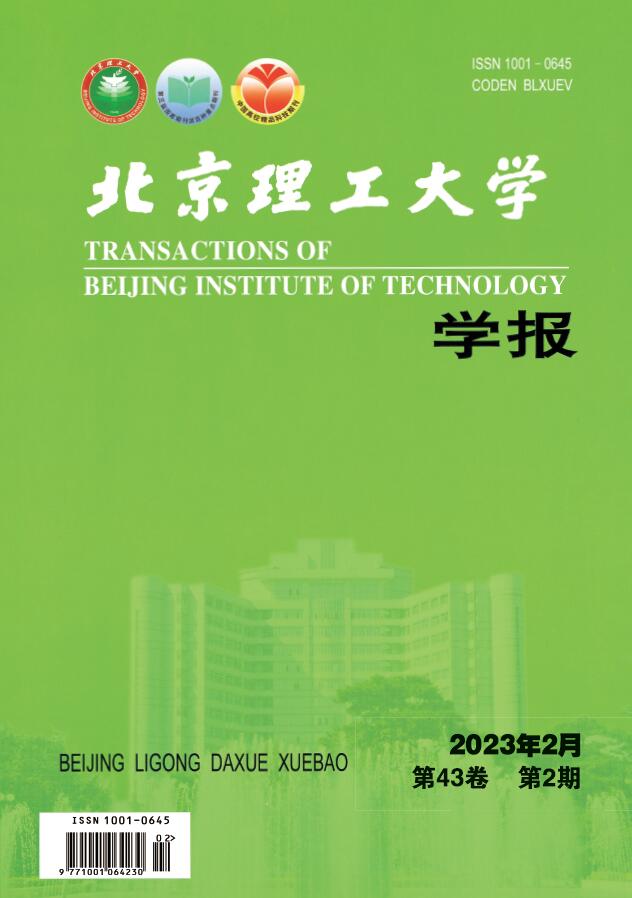2020 Vol. 40, No. 2
Display Method:
2020, 40(2): 121-128.
doi:10.15918/j.tbit1001-0645.2019.088
Abstract:
2020, 40(2): 129-134.
doi:10.15918/j.tbit1001-0645.2019.060
Abstract:
2020, 40(2): 135-142,149.
doi:10.15918/j.tbit1001-0645.2018.532
Abstract:
2020, 40(2): 143-149.
doi:10.15918/j.tbit1001-0645.2019.049
Abstract:
2020, 40(2): 150-156.
doi:10.15918/j.tbit1001-0645.2019.424
Abstract:
2020, 40(2): 157-162.
doi:10.15918/j.tbit1001-0645.2019.076
Abstract:
2020, 40(2): 163-168.
doi:10.15918/j.tbit1001-0645.2018.470
Abstract:
2020, 40(2): 169-174.
doi:10.15918/j.tbit1001-0645.2017.359
Abstract:
2020, 40(2): 175-181,188.
doi:10.15918/j.tbit1001-0645.2019.153
Abstract:
2020, 40(2): 182-188.
doi:10.15918/j.tbit1001-0645.2018.465
Abstract:
2020, 40(2): 189-192,197.
doi:10.15918/j.tbit1001-0645.2018.453
Abstract:
2020, 40(2): 193-197.
doi:10.15918/j.tbit1001-0645.2018.457
Abstract:
2020, 40(2): 198-205,212.
doi:10.15918/j.tbit1001-0645.2018.389
Abstract:
2020, 40(2): 206-212.
doi:10.15918/j.tbit1001-0645.2018.438
Abstract:
2020, 40(2): 213-218.
doi:10.15918/j.tbit1001-0645.2018.535
Abstract:
2020, 40(2): 219-226.
doi:10.15918/j.tbit1001-0645.2019.135
Abstract:
2020, 40(2): 227-230.
doi:10.15918/j.tbit1001-0645.2018.495
Abstract:


